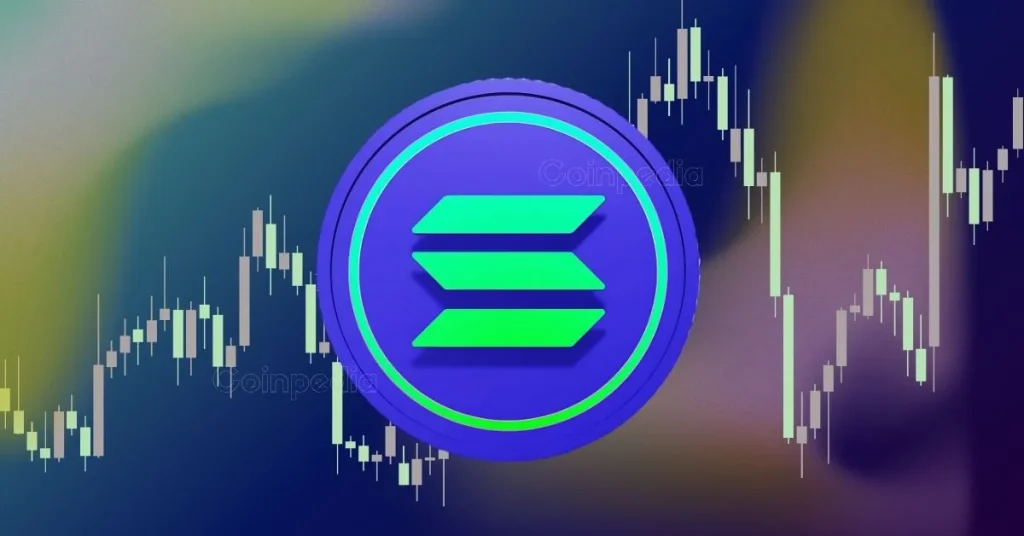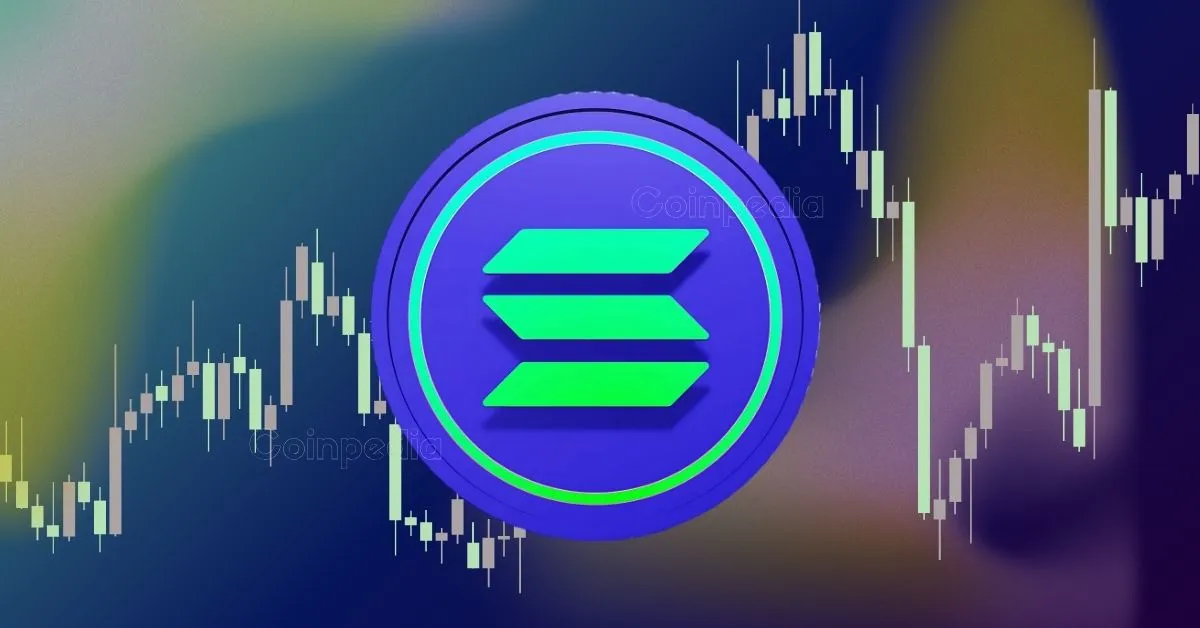
Solana’s Tumultuous Trajectory: Block Size, Price Swings, and Future Prospects
Introduction: A Blockchain in Flux
Solana, a blockchain celebrated for its high-speed transactions and low fees, has recently become a hotbed of both optimism and apprehension within the cryptocurrency sphere. The network’s recent upgrades, designed to enhance performance, have been met with mixed reactions, while its native token, SOL, has experienced dramatic price swings. These events have sparked debates about Solana’s future, its ability to compete with Ethereum, and the broader implications for the blockchain industry.
The 20% Block Size Increase: A Bold Move with Mixed Reactions
The Rationale Behind the Upgrade
Solana’s recent upgrade, SIMD-0256, increased the network’s block size by 20%, a move aimed at boosting transaction capacity and reducing congestion. This adjustment was spearheaded by validator Andrew Fitzgerald and is part of Solana’s ongoing efforts to improve scalability for decentralized finance (DeFi) and gaming applications. The logic is simple: larger blocks can process more transactions, leading to faster processing times and a better user experience.
Market Reaction: A Paradoxical Response
Despite the potential long-term benefits, the market’s immediate reaction to the upgrade was far from enthusiastic. SOL’s price dropped nearly 10% following the announcement, a seemingly counterintuitive response to a technical enhancement. This reaction underscores the complex relationship between technical advancements and market sentiment. While the upgrade may prove beneficial in the long run, short-term market dynamics are influenced by a myriad of factors, including investor concerns and broader market trends.
Future Plans: A Commitment to Optimization
Another proposal is under consideration to further increase block size limits by the end of the year, demonstrating Solana’s commitment to continuous improvement. The ultimate goal is to achieve one million transactions per second, a milestone that would solidify Solana’s position as a leading blockchain platform. However, reaching this goal will require overcoming significant technical and market challenges.
Price Volatility: A Rollercoaster of Uncertainty
The Ups and Downs of SOL
Solana’s price has been a rollercoaster, reflecting the inherent volatility of the cryptocurrency market. Recent reports have documented both surges and declines, painting a picture of a digital asset struggling to find stability. For instance, SOL surged over 20% in a week, only to crash by 20% shortly afterward, reaching a 14-month low. This volatility has been attributed to a variety of factors, including slowing network activity, growing bearish sentiment, and associations with high-profile rug-pull scams.
Institutional Sell-Offs: A Cause for Concern
Adding to the uncertainty, some of Solana’s biggest investors have begun selling their SOL holdings. For example, a deposit of 303,756 SOL, worth approximately $328 million, was made to Binance, likely contributing to sell-side pressure. These actions have raised concerns about the long-term viability of SOL and the broader Solana ecosystem.
Comparisons to LUNA: A Cautionary Tale
Analysts have drawn comparisons between Solana’s current technical structure and that of LUNA before its collapse in 2022. While these comparisons should be approached with caution, they serve as a reminder of the potential for even seemingly robust projects to experience catastrophic failures. This underscores the importance of risk management and the need for investors to exercise due diligence.
A Glimmer of Hope: Long-Term Outlook
Despite the recent turbulence, some experts maintain a promising long-term outlook for Solana. They argue that the recent price drops may be temporary setbacks and predict a potential 20% breakout for SOL. However, this optimism is tempered by the need for Solana to demonstrate resilience and address the concerns raised by recent events.
The Challenge of Ethereum’s Dominance
Solana vs. Ethereum: A David and Goliath Story
Solana is often positioned as a faster and more efficient alternative to Ethereum, the leading smart contract platform. However, Ethereum’s established ecosystem and vast network effects continue to pose a significant challenge for Solana. Recent observations suggest that capital is rotating into Ethereum, coinciding with Solana’s price drop. This trend highlights the ongoing competition between layer-1 blockchains and the difficulties Solana faces in attracting and retaining users and developers.
The “Solana Killer” Narrative
The term “Solana killer” has been used to describe various emerging blockchains that aim to challenge Ethereum’s dominance. While Solana has made significant strides in terms of transaction speed and cost, it still has a long way to go to dethrone Ethereum as the king of smart contracts. The success of these “Solana killers” will depend on their ability to offer unique value propositions and overcome the network effects that Ethereum has built over the years.
Institutional Interest: A Potential Lifeline
The Promise of a Solana ETF
Despite the volatility and concerns, there remains significant institutional interest in Solana. Analysts believe that institutional interest stays strong, evidenced by the potential for a Solana ETF. If approved, a Solana ETF could trigger $1–2 billion in inflows and potentially boost the SOL price by 30–50%. This increased accessibility could lead to greater adoption and a more stable market for SOL.
The Importance of Institutional Support
Institutional support is crucial for the long-term success of any blockchain project. It provides a vote of confidence that can attract more investors, developers, and users. For Solana, institutional interest could be the key to overcoming its current challenges and achieving sustainable growth.
Conclusion: Navigating the Turbulence
Solana’s journey is marked by both impressive technological advancements and significant market challenges. The recent block size increase reflects a commitment to improving network performance, but the immediate price drop underscores the complexities of market sentiment. The volatility in SOL’s price, coupled with comparisons to past market collapses, serves as a stark reminder of the risks associated with investing in cryptocurrencies. However, the ongoing institutional interest and the potential for a Solana ETF offer a glimmer of hope for the future.
Ultimately, Solana’s success will depend on its ability to overcome its current challenges, maintain its technological edge, and attract a critical mass of users and developers. It must demonstrate its reliability and security to alleviate concerns raised by past outages and security vulnerabilities. The path ahead is uncertain, but Solana’s potential remains substantial. Whether it can navigate the turbulence and emerge as a leading blockchain platform remains to be seen.
Looking Ahead: A Call for Resilience
Solana stands at a critical juncture. It must demonstrate resilience, transparency, and a commitment to long-term sustainability. The community must work together to address the concerns raised by recent events and build a more robust and trustworthy ecosystem. The future of Solana depends on its ability to learn from its past mistakes and chart a course towards a more stable and prosperous future. Only time will tell if it can rise to the occasion and fulfill its potential.





